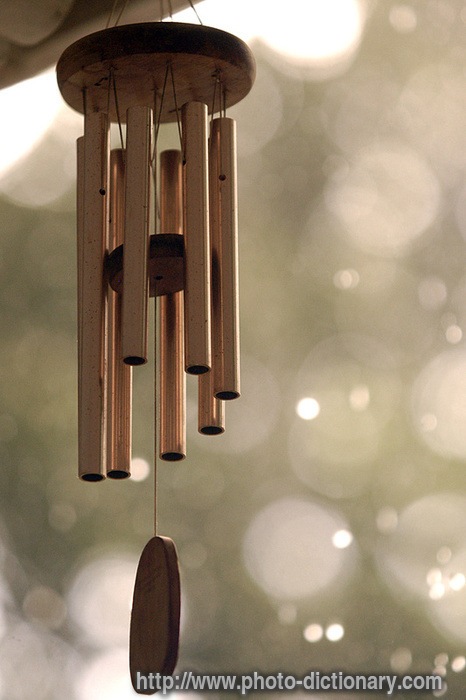
“Ad Libitum is a simple web project designed to generate simple automatic (and pure random) counterpoints. It consists in three flash objects embedded in a html page, inside each module three cells try to connect random points, when a cell will reach a point it play an audio sample. Users could only turn on or off modules to get a thicker or lighter sonic texture. Samples are divided into three pentatonic sets, any set has a different timbre (one for each cell), because using pentatonic modes gives always consonant intervals (both harmonic and melodic) an euphonic soundscape is the final result.”
view the project
fonte: www.abstract-codex.net






